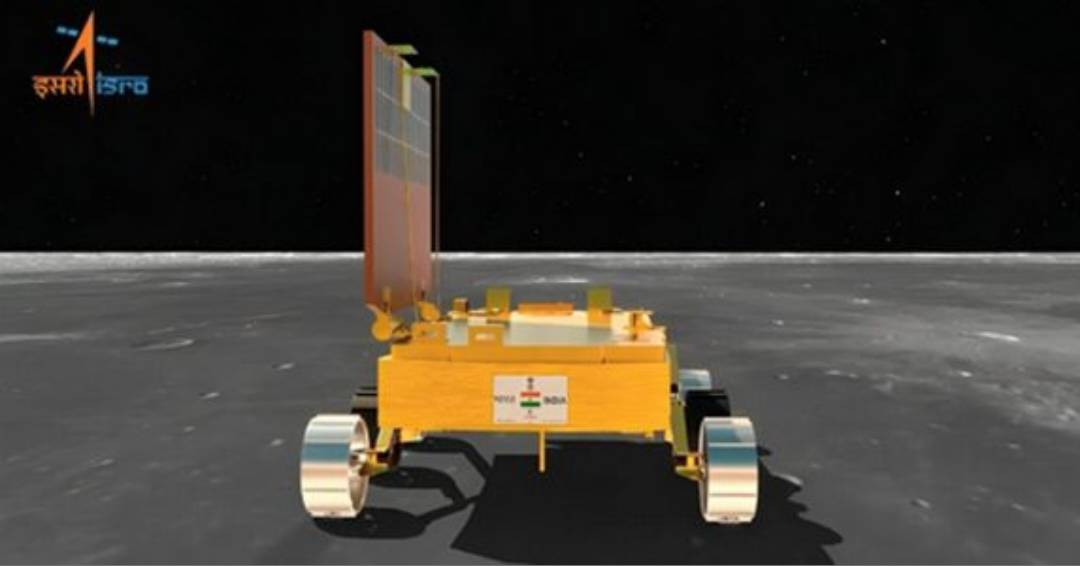
ISRO announced on Friday that it has been actively attempting to re-establish communication with its lunar mission, Chandrayaan-3’s lander, Vikram, and rover, Pragyan, in order to determine their ‘wake-up condition.’ This effort comes after both had been placed in sleep mode earlier this month. Unfortunately, no signals have been received from either of them at this point in time.
ISRO expressed its commitment to continuing these communication attempts through a post on the social media platform X. With the lunar dawn breaking, ISRO aimed to revive the lander and rover, enabling them to resume their scientific experiments.
Both Vikram and Pragyan were placed in sleep mode on September 4th and 2nd, respectively, in preparation for the lunar night, which brings extremely low temperatures. However, their receivers remained active.
In ISRO’s own words, “Efforts have been made to establish communication with the Vikram lander and Pragyan rover to ascertain their wake-up condition. As of now, no signals have been received from them. Efforts to establish contact will continue.”
Explaining the rationale behind the sleep mode, Nilesh Desai, ISRO’s Space Applications Centre Director, stated, “We have put both the lander and rover on sleep mode because temperature would go as low as minus 120-200 degrees Celsius. From September 20 onwards, sunrise will be going on at the Moon and by September 22 we hope that the solar panel and other things will be fully charged, so we will be trying to revive both the lander and rover.”
Given that sunlight has returned to the Moon’s south polar region where the lander and rover are located, and their solar panels are expected to be optimally charged, ISRO is making diligent efforts to re-establish contact to assess their health and potential to resume their functions.
After their successful landing on the Moon on August 23, both the lander and rover, along with their scientific payloads, had been conducting experiments in rapid succession, aiming to complete them within the 14 Earth days corresponding to one lunar day, before the onset of lunar night with its extreme cold. These machines, with a total mass of 1,752 kg, were originally designed to operate for just one lunar daylight period, which lasts approximately 14 Earth days. ISRO now holds hope for their revival, now that the Moon’s surface is once again bathed in sunlight, and they can continue their vital experiments and studies.

Post Your Comments